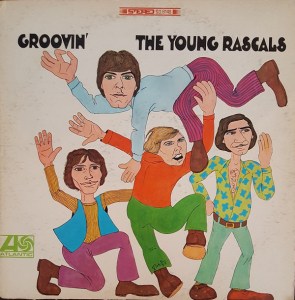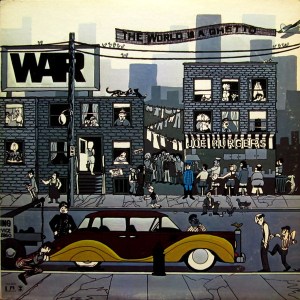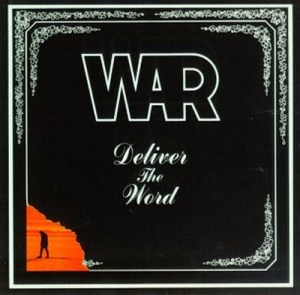Reviews and Commentaries for Led Zeppelin II
More Classic Records Led Zeppelin Titles Reviewed
An unmitigated disaster — ridiculously bright and ridiculously crude.
In short, a completely unlistenable piece of garbage, and, along with the MoFi pressing from 1982, one of the worst sounding versions of the album ever made.
Over the years we have done many Led Zeppelin shootouts, often including the Classic Heavy Vinyl Pressings as a “reference.” After all, the Classic pressings are considered by many — if not most — audiophiles as superior to other pressings.
What could be sadder?
In fact, you will find very few critics of the Classic Zep LPs outside of those of us (me and the rat in my pocket) who write for this Better Records, and even we used to recommend three of the Zep titles on Classic: Led Zeppelin I, IV and Presence when they first came out.
Wrong on all counts.
Since then we’ve made it a point to review most of the Classic Zeps, a public service of Better Records. We don’t actually like any of them now, although the first album is still by far the best of the bunch.
Below you will find our reviews of the more than 200 Heavy Vinyl pressings we’ve played over the years.







